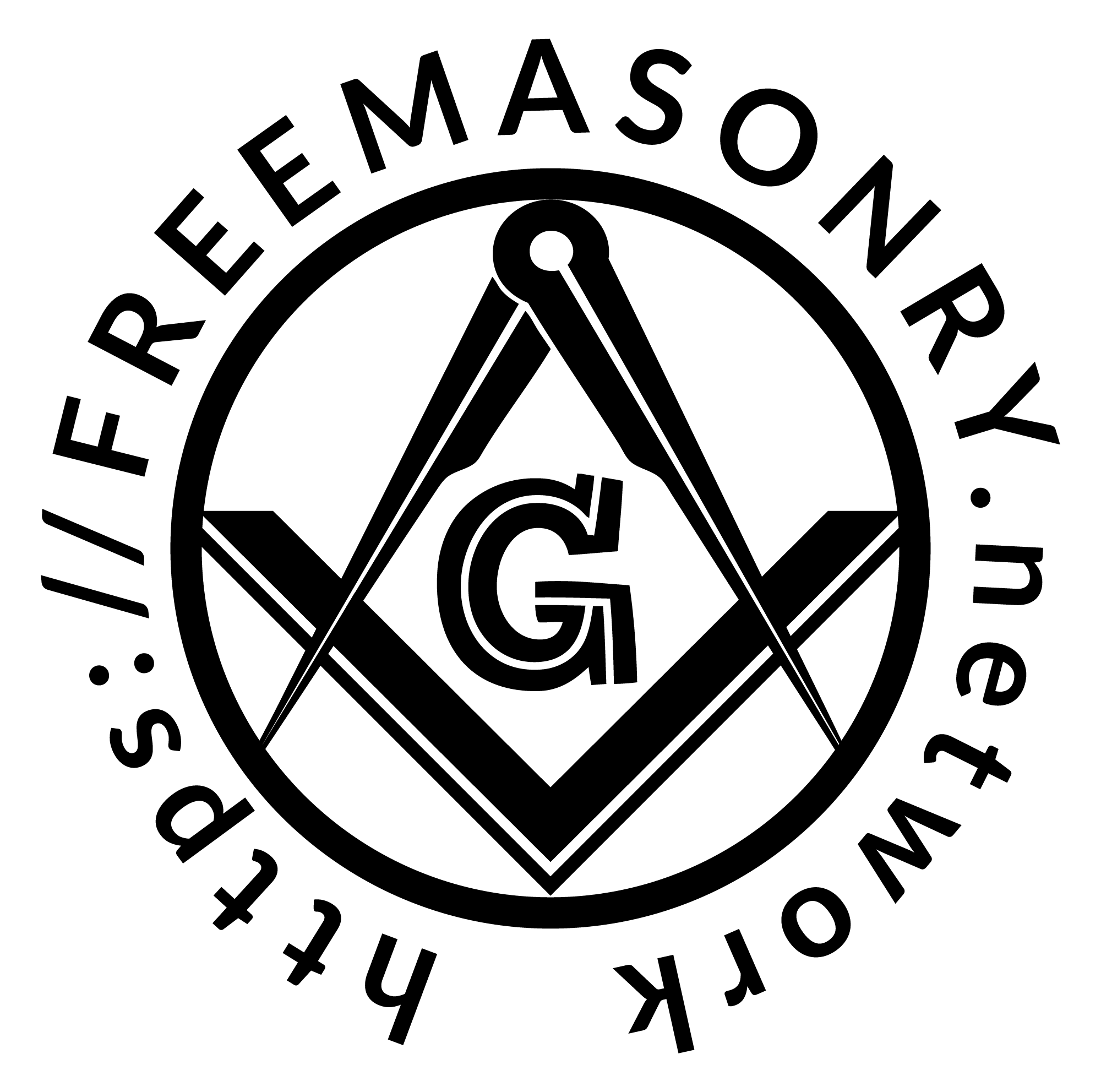Louis Claude de Saint-Martin was born in Amboise, France, January 18, 1743; he was therefore fifty-six years of age in the Revolution year of 1799; and since he was in ill health much of the time he was unable to take any active part in the French Revolution during the four years he continued to live (he died in 1803) except in private circles; and it is certain that he did not have any part in planning or preparing for it. He was sensitive, aristocratic, a warm friend to a chosen few, a mystic. (See page 901.)
It is probable that Martin would have played no part in Freemasonry had it not been for Martines de Pasqually, his early teacher and for many years his friend and colleague. Pasqually was a Rosicrucian, though it is impossible to use that adjective as in any sense a descriptive one because it was so loosely employed in France, and often had no connection with Rosicrucianism properly so called—indeed Rosicrucianism properly so called was little understood at any time and ever will be because there is in the Pama Fraternitatu, its bible, no clear, consistent system of teachings but only a congeries of visions, legends, cloudy pictures which can easily accept what meanings an occultist chooses to attribute to them. In his capacity as a Rosicrucian, Pasqually compiled a Degree, or Rite, which he called Elect Cohens (“cohen” meaning priest); and it is believed that Pasqually had some connection with the founding of the Rite of Swedenborg but not that he was in any sense its creator.
In Martin’s eyes, and after Pasqually had died, his old teacher’s Pite had been conceived as a ritualistic mystery of a mystical Christianity but being such it had, he felt, certain defects and lacks; therefore he contrived a Rite of his own, which he called the Rectified Rite.
Both St. Martin and Pasqually, as well as the author (or authors) of the Swedenborgian Rite, are typical of the Frenchmen, of whom over a century there may have been a hundred or so, who were Masons in their own special sense only; which was a sense the true and ancient Fraternity could not have recognized as even remotely like itself;
they swept six or seven centuries of Masonic history aside, cutting their own “Masonry” off from its roots, acknowledged no Ancient Landmarks, concocted private “Rites” out of their private theories, used them as a vehicle for teachings which often regular Freemasonry would have wholly repudiated, constructing them eclectically out of scraps of text, or symbolism, or legend to which they had taken a fancy in various obscure works of occultism, metaphysics, and theology. Pasqually’s Rite and Martin’s Rectified Rite are interesting for themselves, as a book by either of them might be interesting (they were in essence little more than books in the form of ceremonies), but they have no discoverable connection with Freemasonry, which never was a cult of aristocracy, or of occultism, or of mysticism.
Martin signed a few of his small books by the pseudonym Philosophe Inconnu, the Unknown Philosopher. Because of this, because his Rite has in it certain references to or traces of Kabbalism and other little-known sources, and because no biography was written in English, he was for American Masons a vague, mysterious figure, and a number of American writers have placed him somewhere back in the late Middle Ages, along with Raymund Lully.
Martin was on the contrary a modern man; younger than Benjamin Franklin, whom he could have known; and moved in a circle about whom whole libraries of memoirs have been written. The achievement by which he is better known is not his Rite (in which he himself took little interest) but a number of slender books or treatises in which he set forth his own difficult and private version of religious mysticism, and which was, though such a generalization is hazardous, an attempt to describe the universe from within; seen, as it were, through the eyes of God. An account of this work, and a portrait of the man, by an author who admired him much and who, in part and at a distance, was his disciple, is The Life of Louis Claude de Saint-Martin: The Unknown Philospher, by Arthur Edward Waite; William Rider 45c Sons; London.
the source: Mackey’s Encyclopedia of Freemasonry














